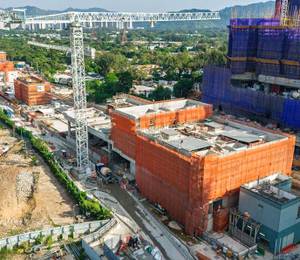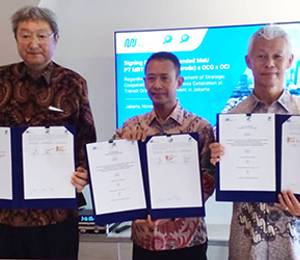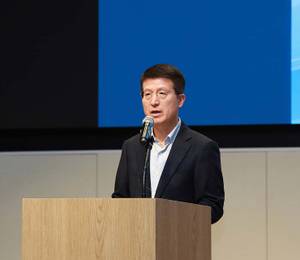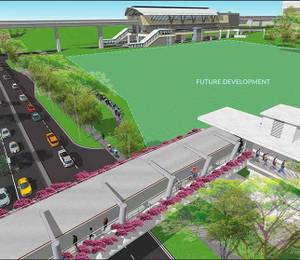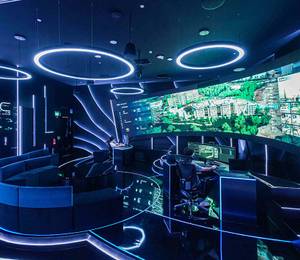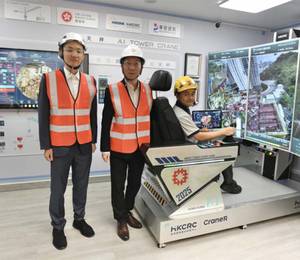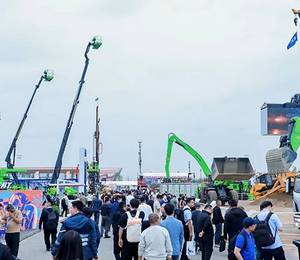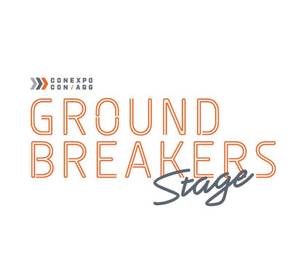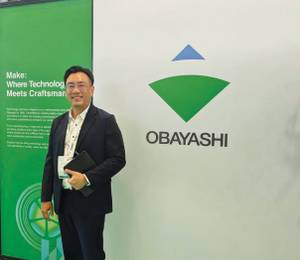Singapore’s Land Transport Authority (LTA) has commenced civil construction works for Phase 2 of the Cross Island Line (CRL), with completion targeted by 2032. Comprising six underground stations, the project aims to improve public transport connectivity for residents living in the west of the country.
Phase 2 of the CRL (CRL2) will extend the 29-km-long Phase 1 of the CRL by another 15 km westwards. Two of the six stations will be interchange stations, with CRL King Albert Park station and CRL Clementi station connecting commuters to the Downtown Line (DTL) and East-West Line (EWL) respectively.
At 50 m deep (equivalent to 16-storeys) and extending to five basement levels, CRL King Albert Park interchange station will be Singapore’s deepest station when completed, revealed LTA. It will surpass the CRL Pasir Ris station which, when completed, will be 47 m deep and Bencoolen station on the DTL, currently the deepest underground station at 43 m.
Construction methods
Addition and alteration works will be carried out at the EWL Clementi station and the DTL King Albert Park station to provide commuters with seamless transfers to the CRL. According to LTA, construction works for these transfer links will be implemented in phases, and will be monitored closely to minimise any disruptions to existing train services.
A 5-km bored tunnel between CRL Bright Hill and CR14 stations through the Central Catchment Nature Reserve (CCNR) will be constructed using a large-diameter tunnel boring machine (LDTBM). Measuring 12.8 m in diameter, the LDTBM will bore through the ground only once for the construction of the tunnel which houses two tracks, improving productivity and construction efficiency. The tunnelling works towards the CCNR commenced in May this year, along with ongoing ground improvement works.
To enhance environmental sustainability, LTA said the CRL2 stations’ permanent structures will be built using greener steel and concrete with less embodied carbon. The projects will also explore the use of electric machinery such as excavators, tipper trucks and cranes to reduce construction-related emissions and noise. In addition, the CRL Changi East Depot, which houses the CRL’s Operations Control Centre as well as maintenance facilities for up to 70 CRL trains, will be fitted with photovoltaic solar panels to generate renewable energy for depot operations.
CRL2 spans a number of biodiversity areas including Eng Neo Avenue Forest, Maju Forest and Clementi Forest. Since 2013, LTA has worked closely with nature group members to discuss the various alignment options, optimise the worksites, and co-create mitigation measures arising from the environmental impact assessment. This partnership has achieved significant improvements, including reducing the size of worksite A1W1 at Windsor Nature Park from 15,000 sq m to 7,000 sq m and installing aerial rope bridges and underground culverts to facilitate the safe movement of animals across roads (e.g. Island Club Road and Fairways Drive).
LTA further highlighted that before works commenced, comprehensive environmental impact assessments (EIA) were carried out to assess any potential impact of the construction and operations on the nearby environment. An environmental monitoring and management plan (EMMP) has been implemented at the sites, including several measures such as opaque screens and windows at the site offices to prevent bird collisions, creation of fauna barriers and box culvert crossings to prevent traffic collisions with animals, as well as wildlife proofing of food waste bins. A new freshwater marsh has also been constructed at the CRL King Albert Park site to serve as a habitat for the fauna and flora from the existing marsh.
Furthermore, a biodiversity training centre has been set up at the Fairways Drive site office to provide mandatory wildlife awareness training for site workers and promote an environmentally responsible culture on site. LTA will continue to engage with nature groups throughout the construction and operational of the CRL.
All images: LTA
